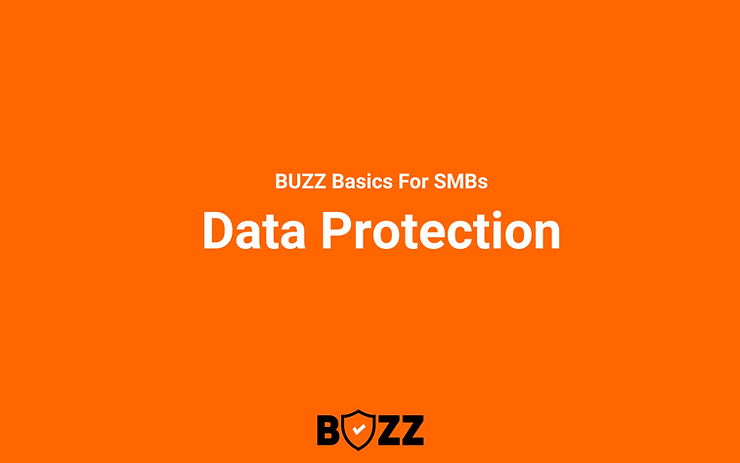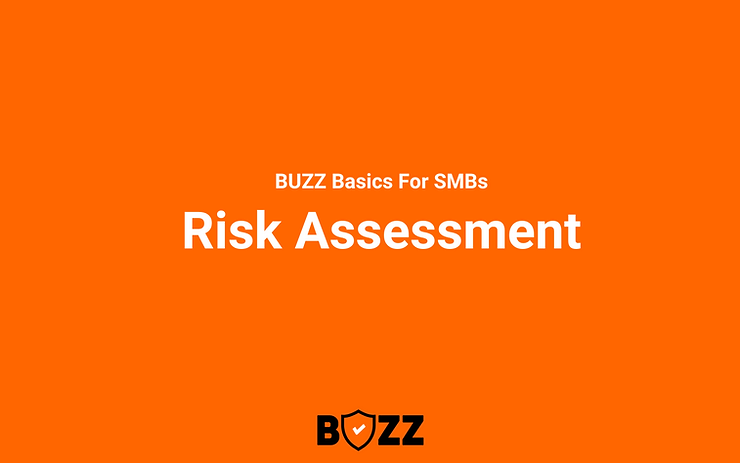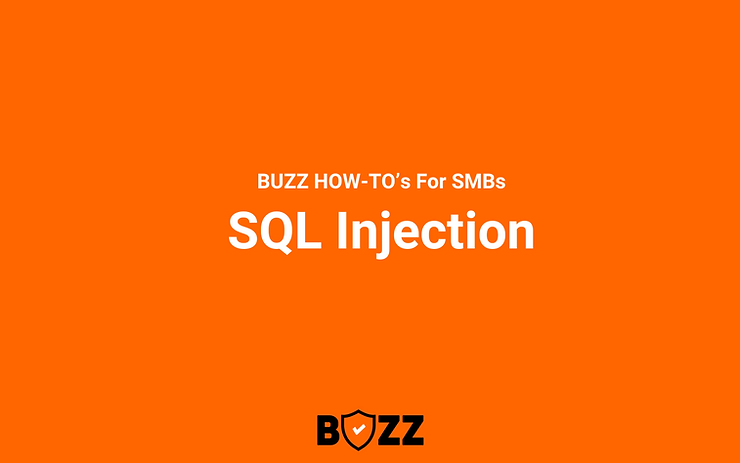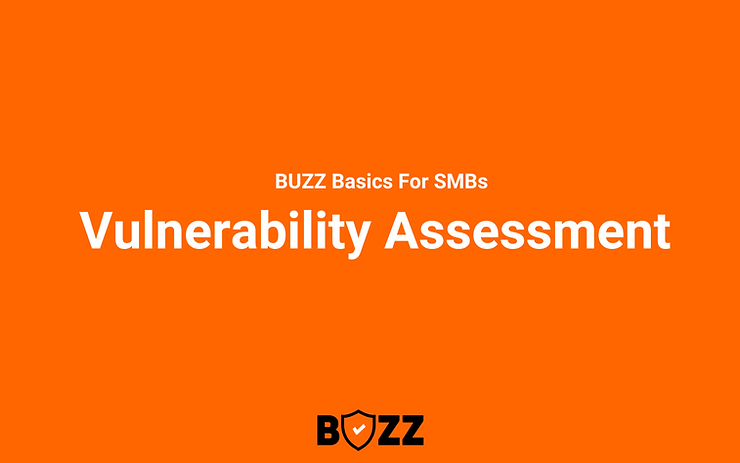Data Protection for Small Business: Benefits and Essentials
Data has emerged as one of the most valuable assets for businesses of all sizes – from customer details to financial records, the data your business holds is akin to the lifeblood that keeps your operations running smoothly. But just as this data can be a source of growth and opportunity, it can also be a potential vulnerability if not adequately protected. Did you know that 60% of small businesses that suffer a cyber attack go out of business within six months? Data protection is a necessity. SMBs often overlook crucial aspects of data protection, making them attractive targets for cybercriminals. The misconception that “it won’t happen to us because we’re too small” has unfortunately led many SMBs into the snares of data breaches, with devastating consequences. As we delve deeper into this topic, we aim to provide SMB executives with a clear, concise, and expert-driven guide to navigating the complexities of data protection – your business’s success and reputation depend on it. Data Protection for SMBs – What can you expect The Rise Of Cyber Crime: It’s All About The Data Understanding Data Protection: Breaking Down the Basics Deep Dive into Data Protection for SMBs How To Evaluate Tools For Data Protection? Why Should An SMB Bother With Data Protection? Data Protection Priorities for SMBs Conclusion The Rise Of Cyber Crime: It’s All About The Data Cyber breaches have become increasingly common, with a staggering 83% of breaches involving external actors and 74% of breaches involving the human element, including social engineering attacks, errors, or misuse. The median cost per ransomware more than doubled over the past two years to $26,000, with 95% of incidents that experienced a loss costing between $1 and $2.25 million. A breach can result in lost consumers, legal ramifications, and a ruined brand image. The cost, both monetary and intangible, can be enormous. SMBs must identify the risks, keep informed, and make proactive efforts to protect their most precious asset: data. The key takeaway? Take measures to protect your data. Understanding Data Protection: Breaking Down the Basics Now, we know why we need to keep our data protected. Lets start by looking at a few core components – What is Data Protection? At its most fundamental level, data protection refers to the practices and strategies put in place to safeguard sensitive information from unauthorized access, breaches, and theft. Think of it as a digital fort built around your business’s valuable data, ensuring it remains confidential, intact, and available when needed. What is Data Discovery and Classification? Before you can protect your data, you need to know what you have and where it resides. This is where data discovery comes into play. It’s the process of identifying and cataloging data across various sources within an organization. Once discovered, data classification takes the next step. It categorizes the data based on its sensitivity and importance. For instance, customer credit card details would be classified as highly sensitive, while a public-facing company brochure might be considered low sensitivity. Why is this essential? By understanding what data you hold and its significance, you can allocate resources effectively to protect the most critical information. High-Level Data Protection Techniques Encryption This is the process of converting data into a code to prevent unauthorized access. Imagine it as a secret language that only you and trusted entities understand. Tokenization A method where sensitive data is replaced with non-sensitive placeholders or ‘tokens’. Unlike encryption, where data can be decrypted back to its original form, tokenized data remains permanently altered and can only be reverted using a secure tokenization system. Access Controls These are digital barriers that ensure only authorized individuals can view or modify specific data. Think of it as a VIP list for your data, where only those on the list can enter the exclusive club. Firewalls These act as gatekeepers, monitoring and controlling incoming and outgoing network traffic based on predetermined security policies. Regular Backups Creating regular copies of your data ensures that, in the event of a breach or system failure, your business can quickly recover and resume operations. By understanding its foundational concepts and employing the right techniques, SMBs have a broad understanding of various data protection techniques that can be applied to protect their data. Deep Dive into Data Protection for SMBs Now, that you have a basic understanding of the various ways to protect data – lets understand each in more detail. Data Discovery & Classification Data discovery involves locating specific types of data across your systems. Once found, data classification categorizes this data based on its sensitivity. Knowing where sensitive data resides and its importance helps SMBs prioritize protection efforts. Use automated tools to scan databases and file systems. Categorize data into tiers (e.g., ‘Confidential’, ‘Private’, ‘Public’). Tools like AWS Macie or Azure Information Protection use patterns and AI to identify and classify data, tagging them for easy identification. Data Encryption Encryption converts readable data into a coded version, which can only be decoded with a specific key. It ensures data remains confidential, especially during transfers or if unauthorized access occurs. Encrypt sensitive data both at rest and in transit. Regularly rotate encryption keys. Algorithms like AES (symmetric) or RSA (asymmetric) are commonly used. Cloud services like AWS KMS or Azure Key Vault manage and safeguard keys. Tokenization Tokenization replaces sensitive data with non-sensitive tokens. The original data is securely stored and can only be accessed with the specific token system. It’s especially valuable for protecting payment or personal data, and reducing exposure. Implement tokenization for payment processing systems. Ensure a secure vault stores the original data. Unlike encryption, tokenized data can’t be mathematically reversed. There are many companies that offer robust tokenization capabilities. Access Controls Access controls determine who or what can view or use resources in a computing environment. They prevent unauthorized access, ensuring only trusted personnel can access sensitive data. Set up user roles and permissions. Regularly review and update access lists. Tools like AWS Identity and Access Management (IAM) or Azure Active






